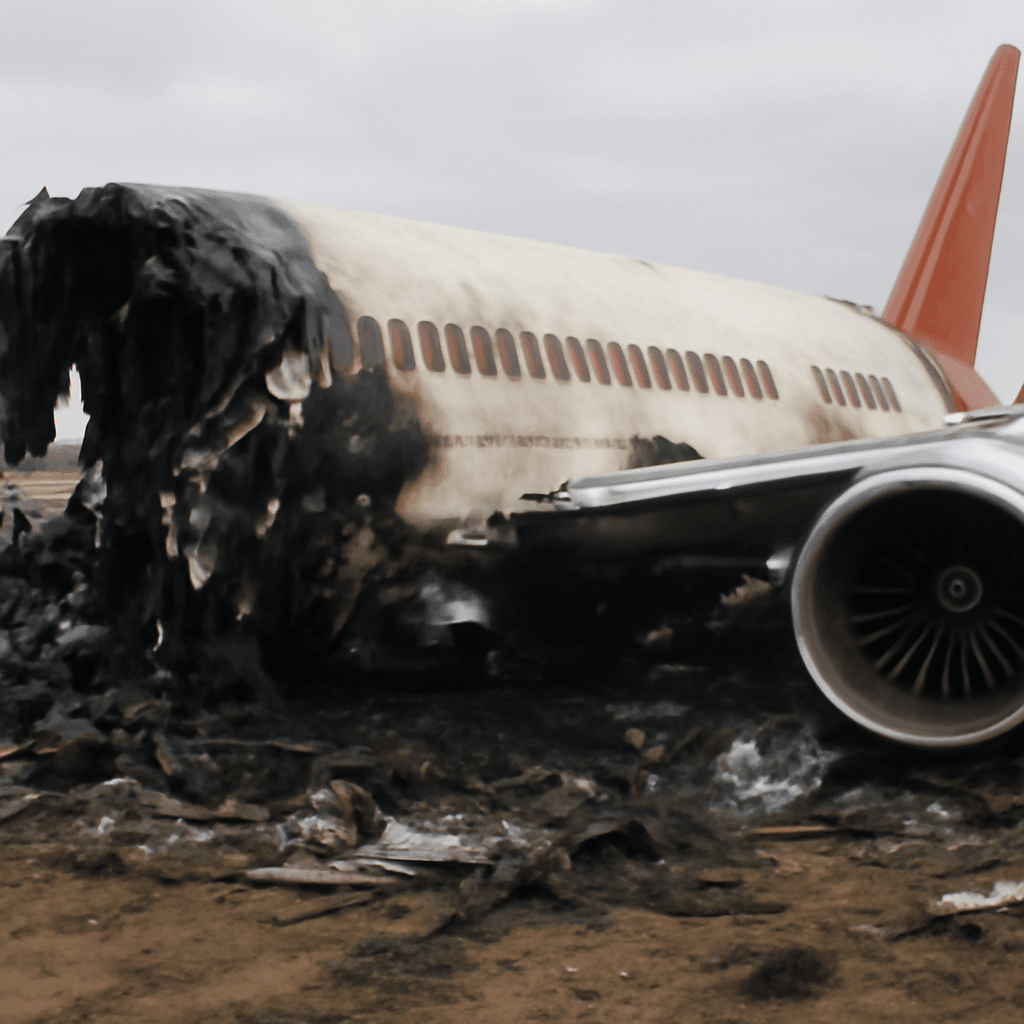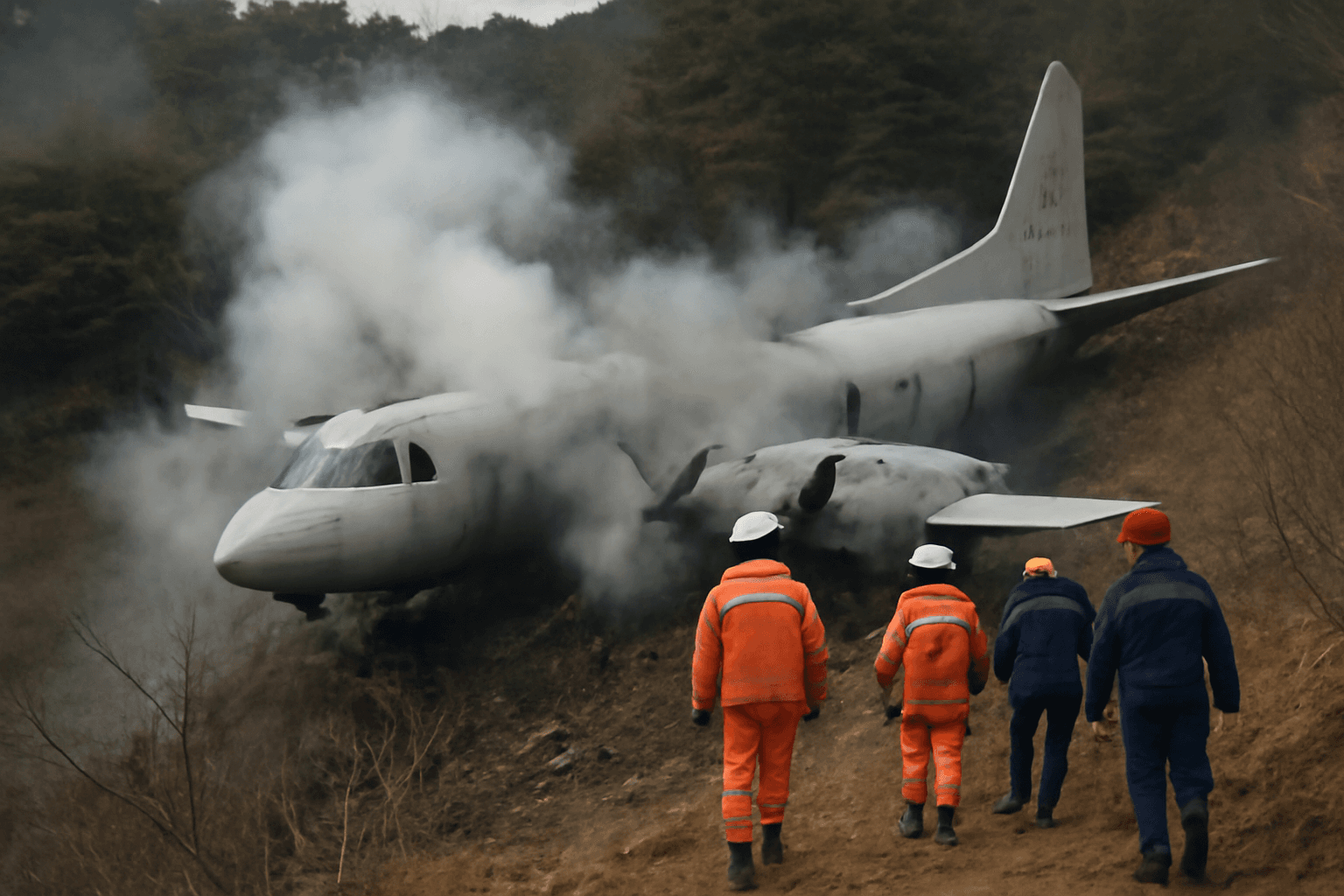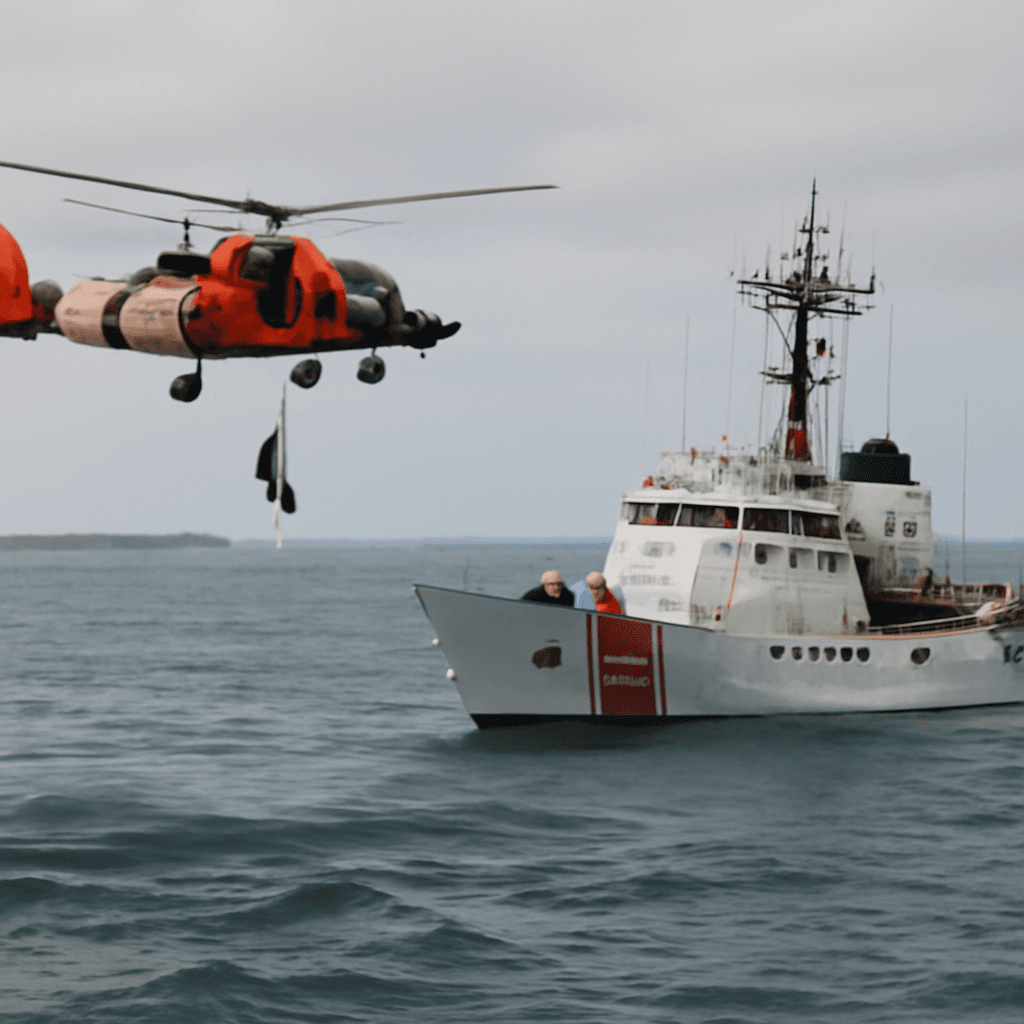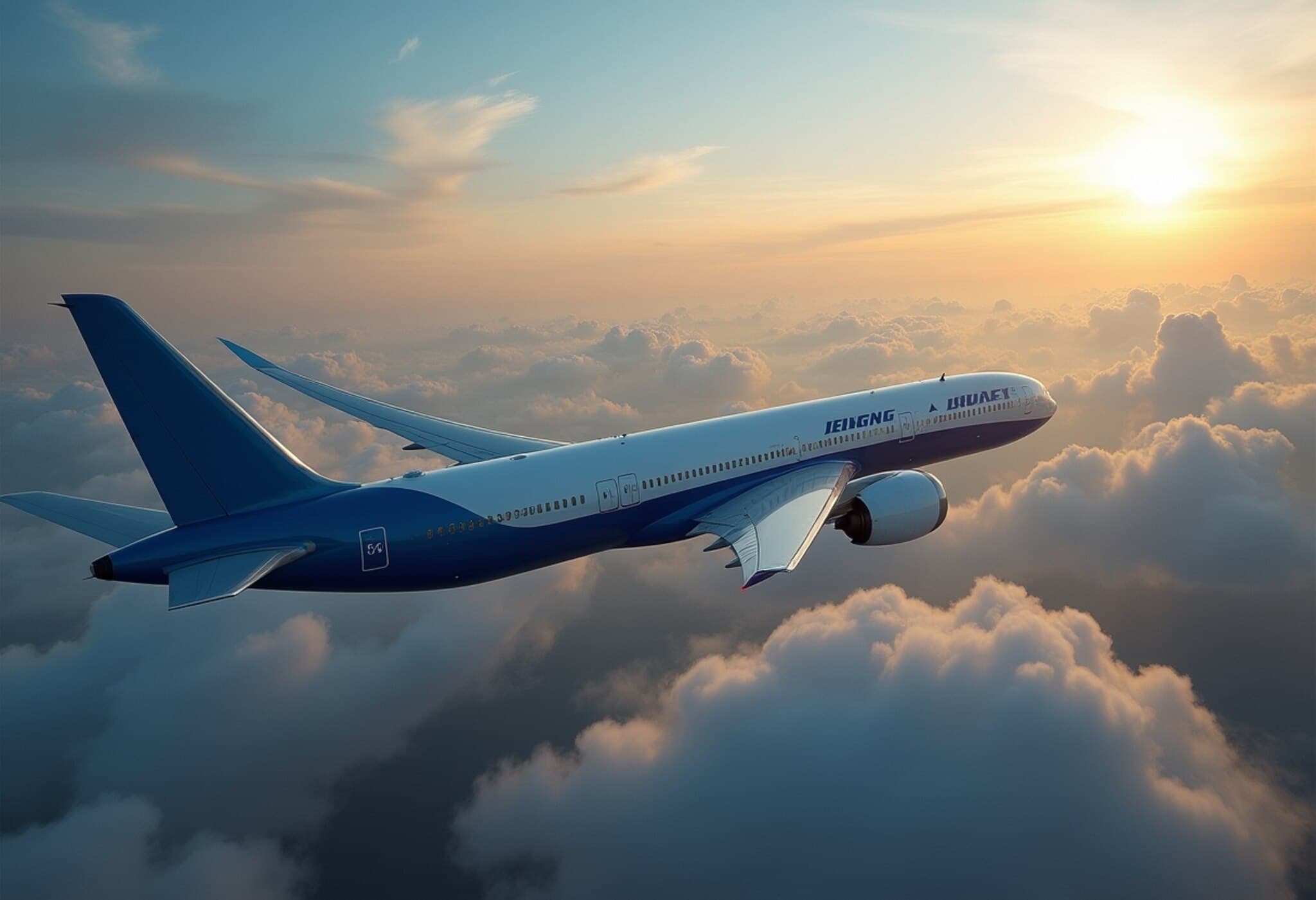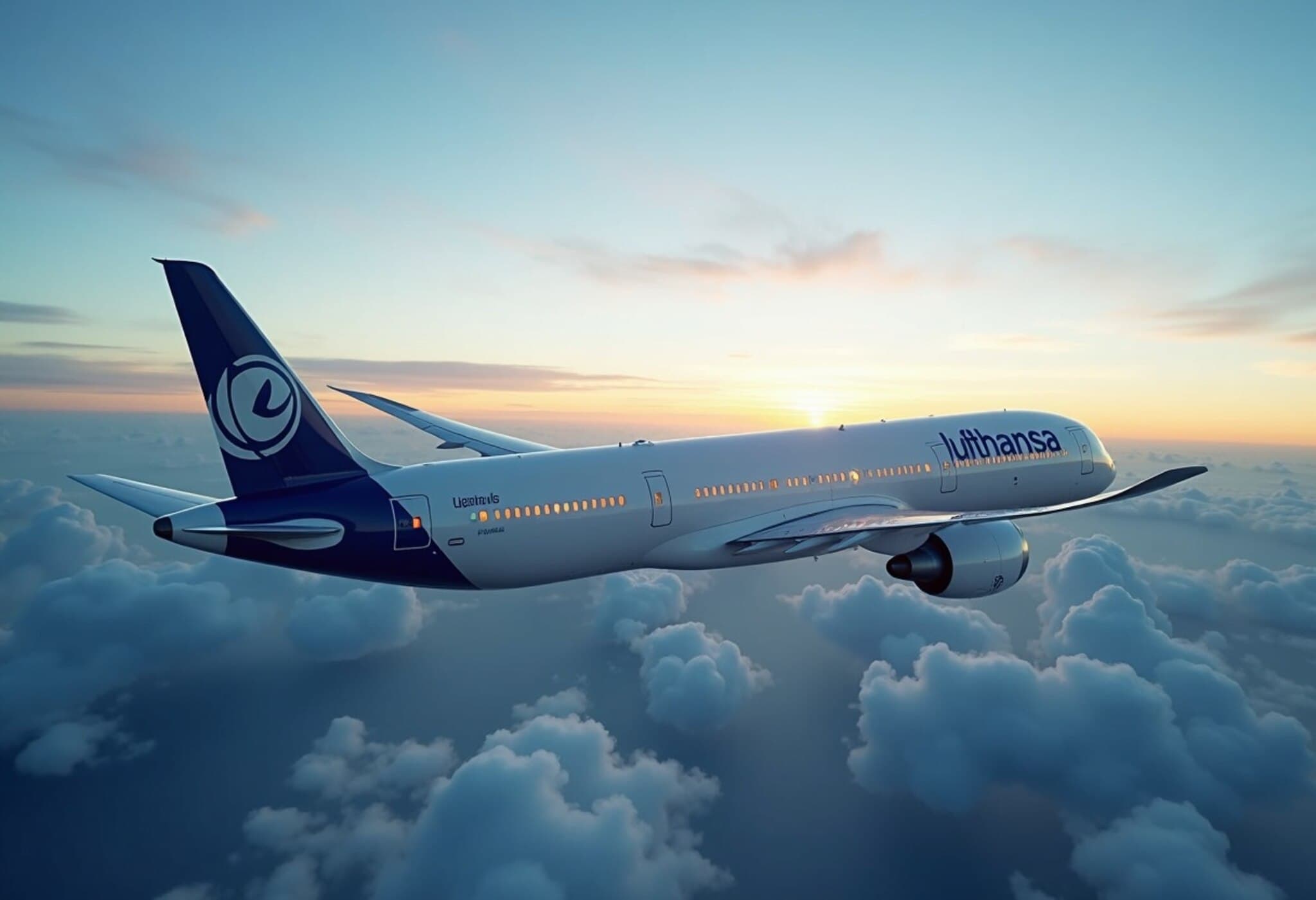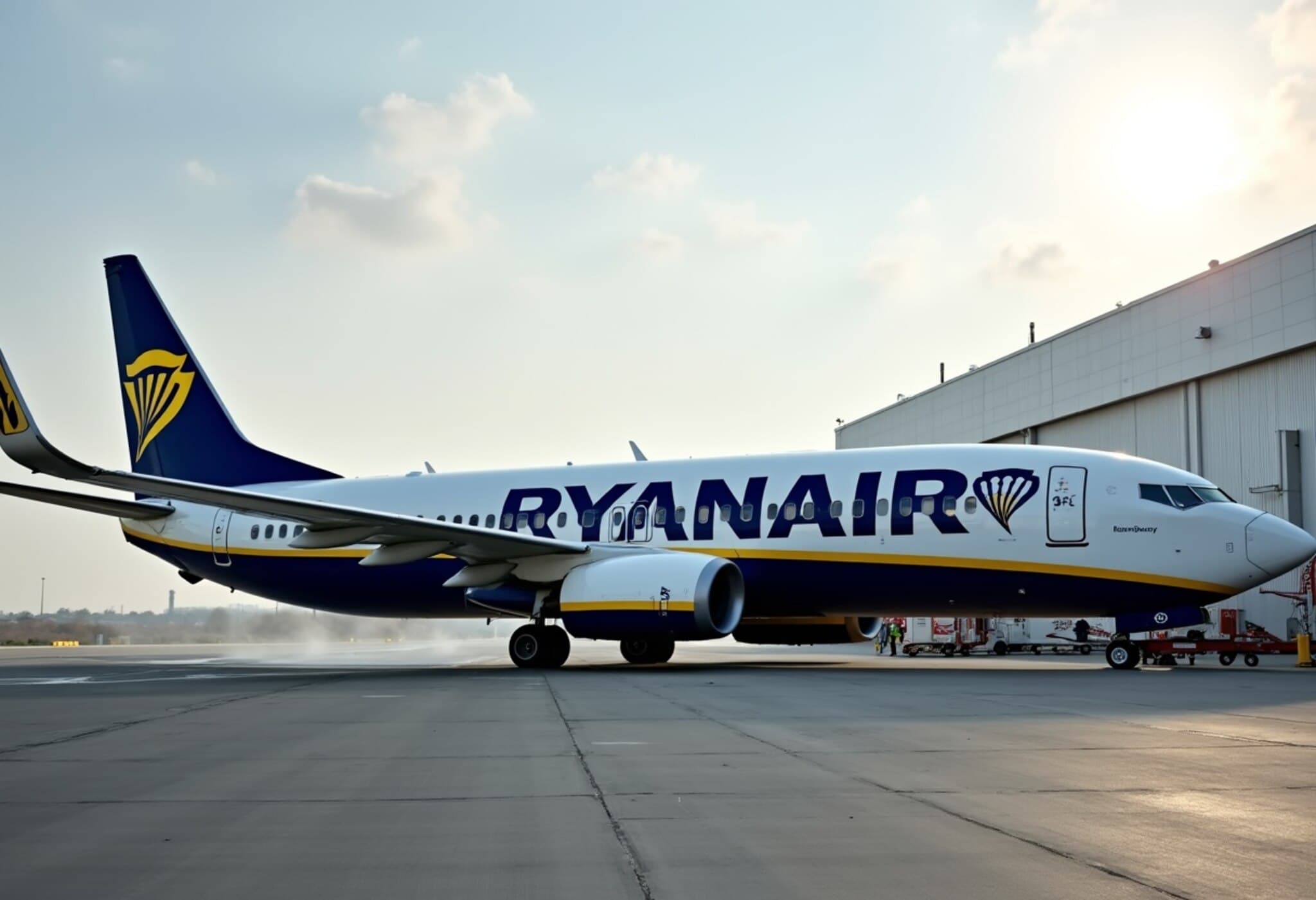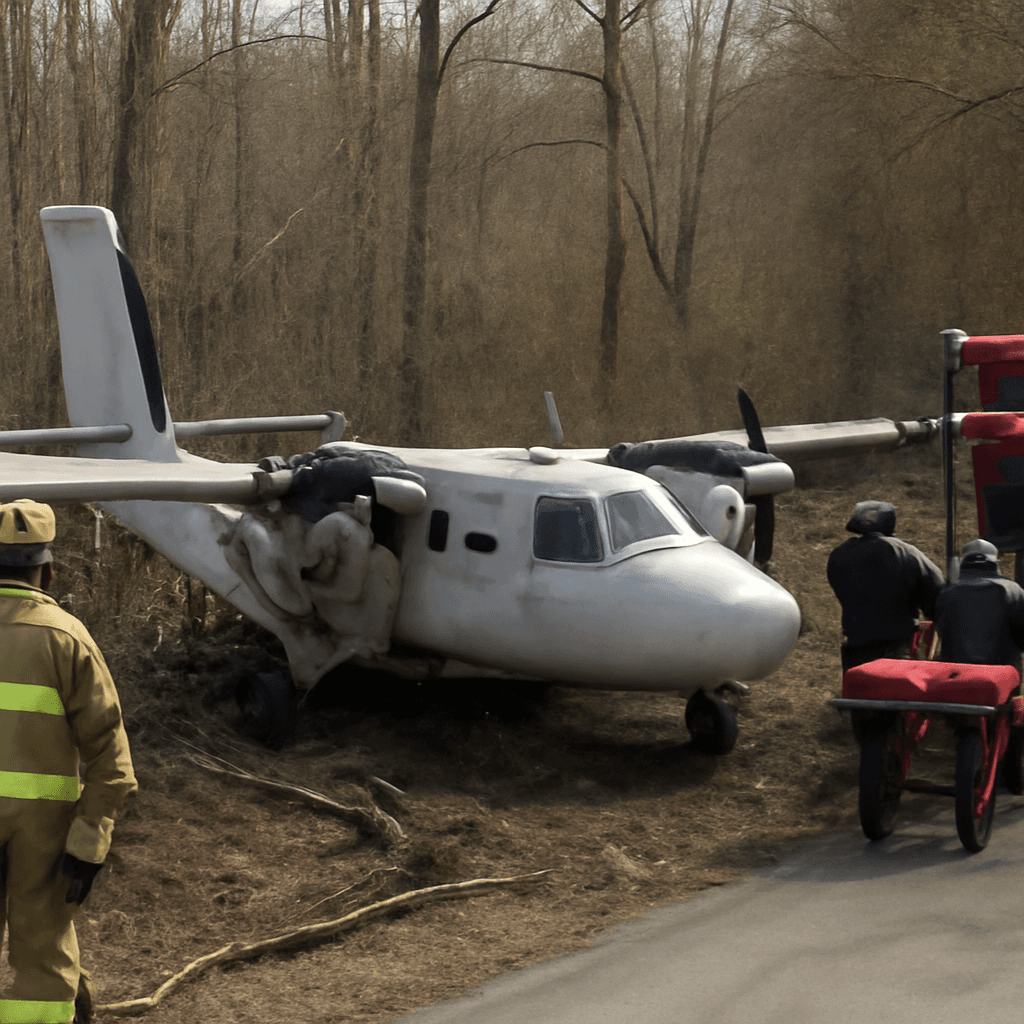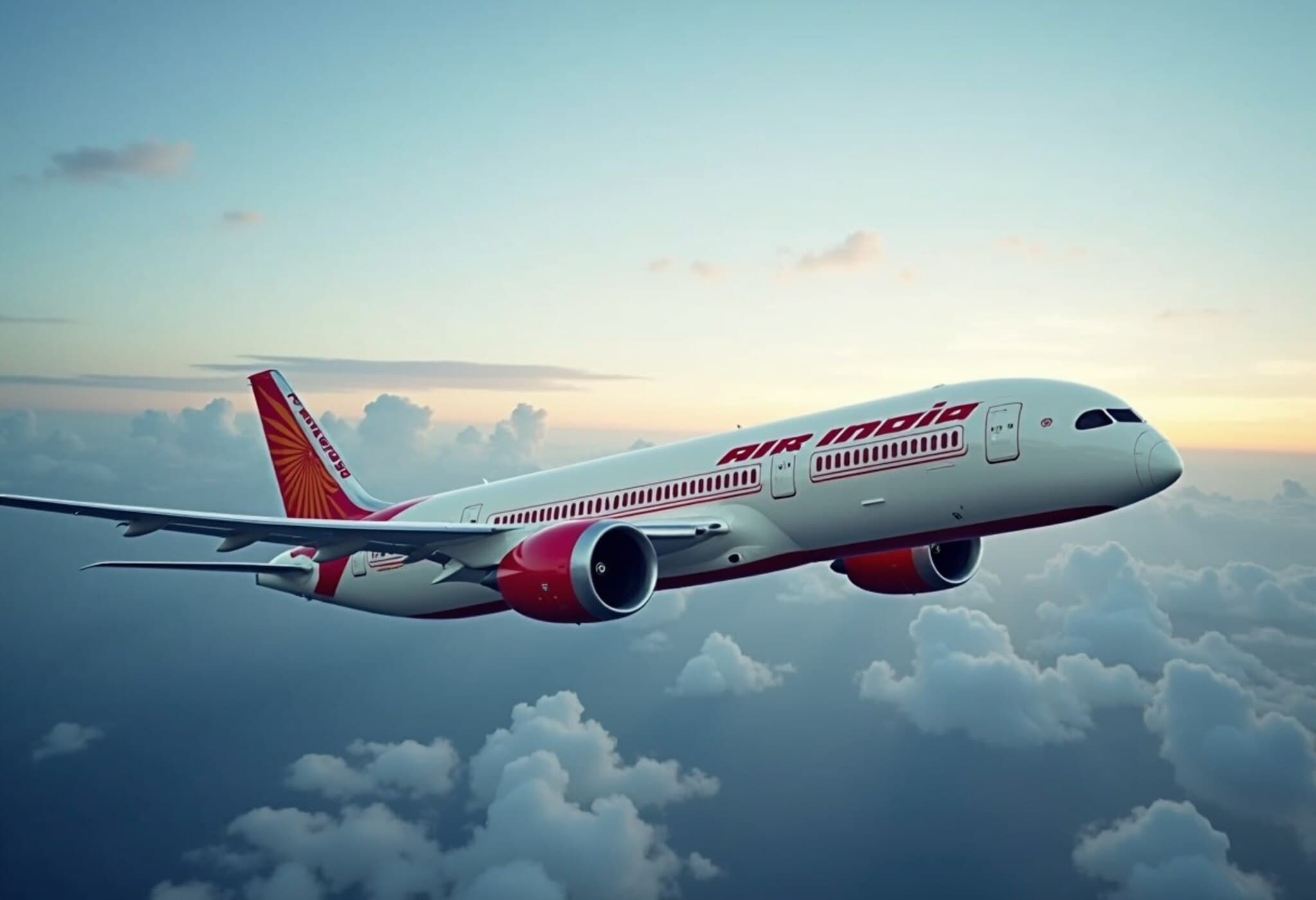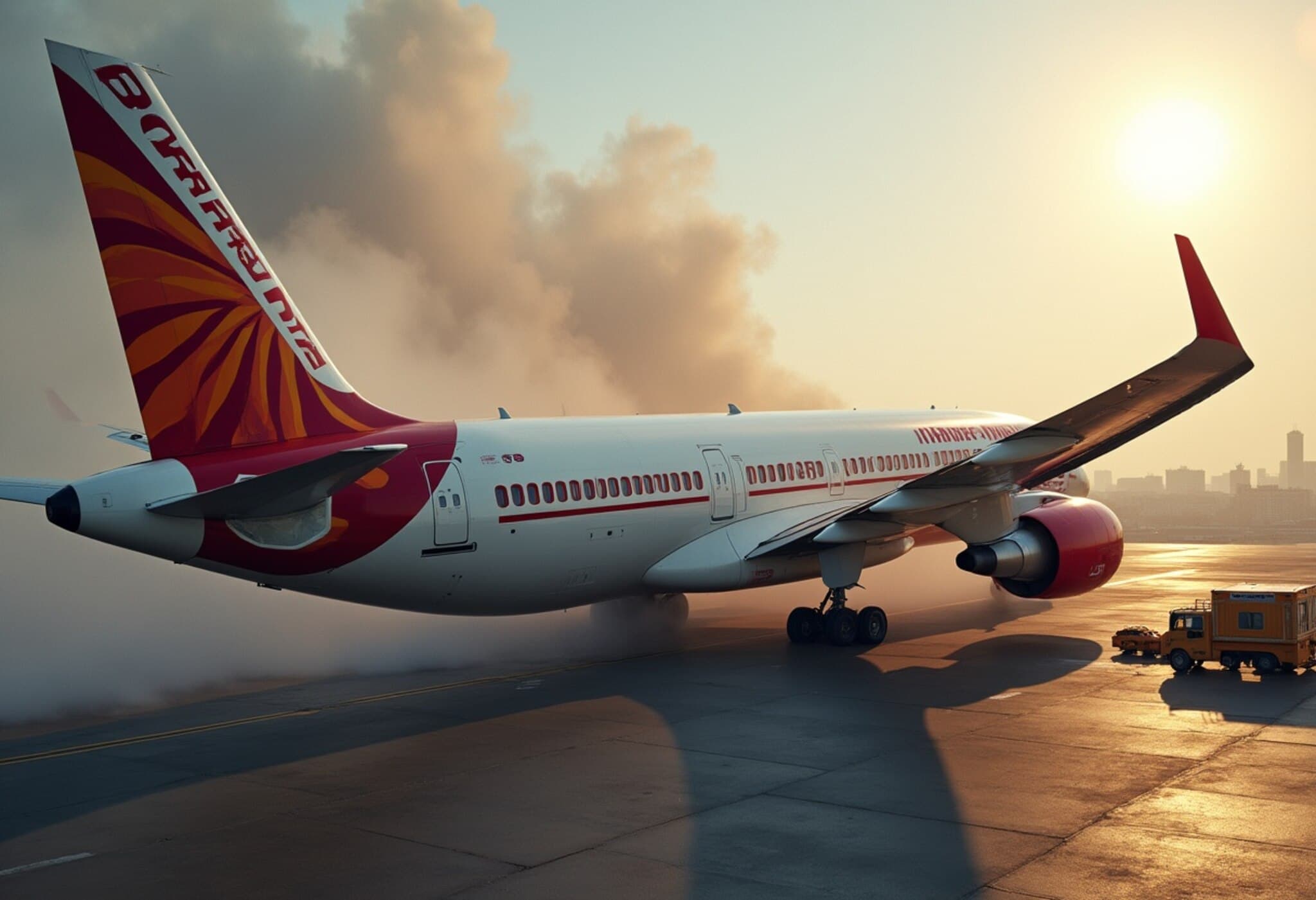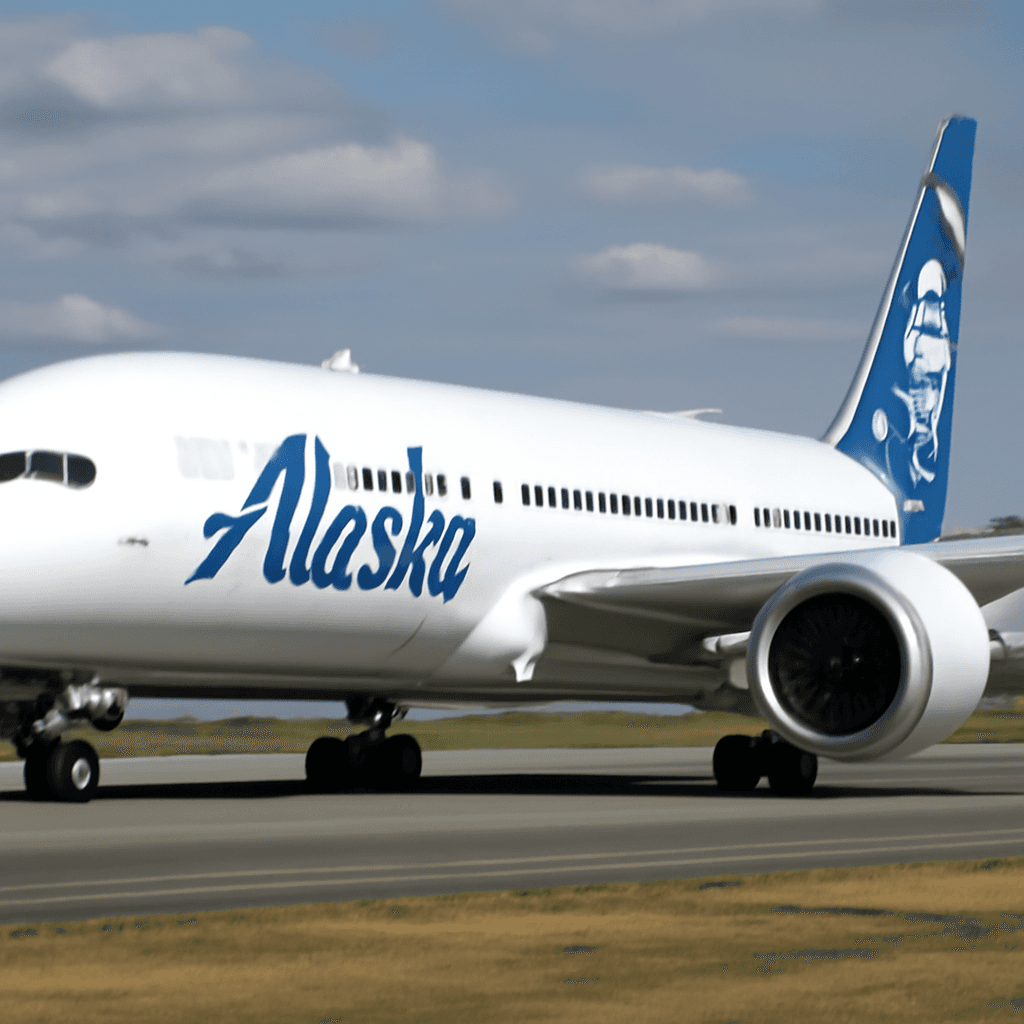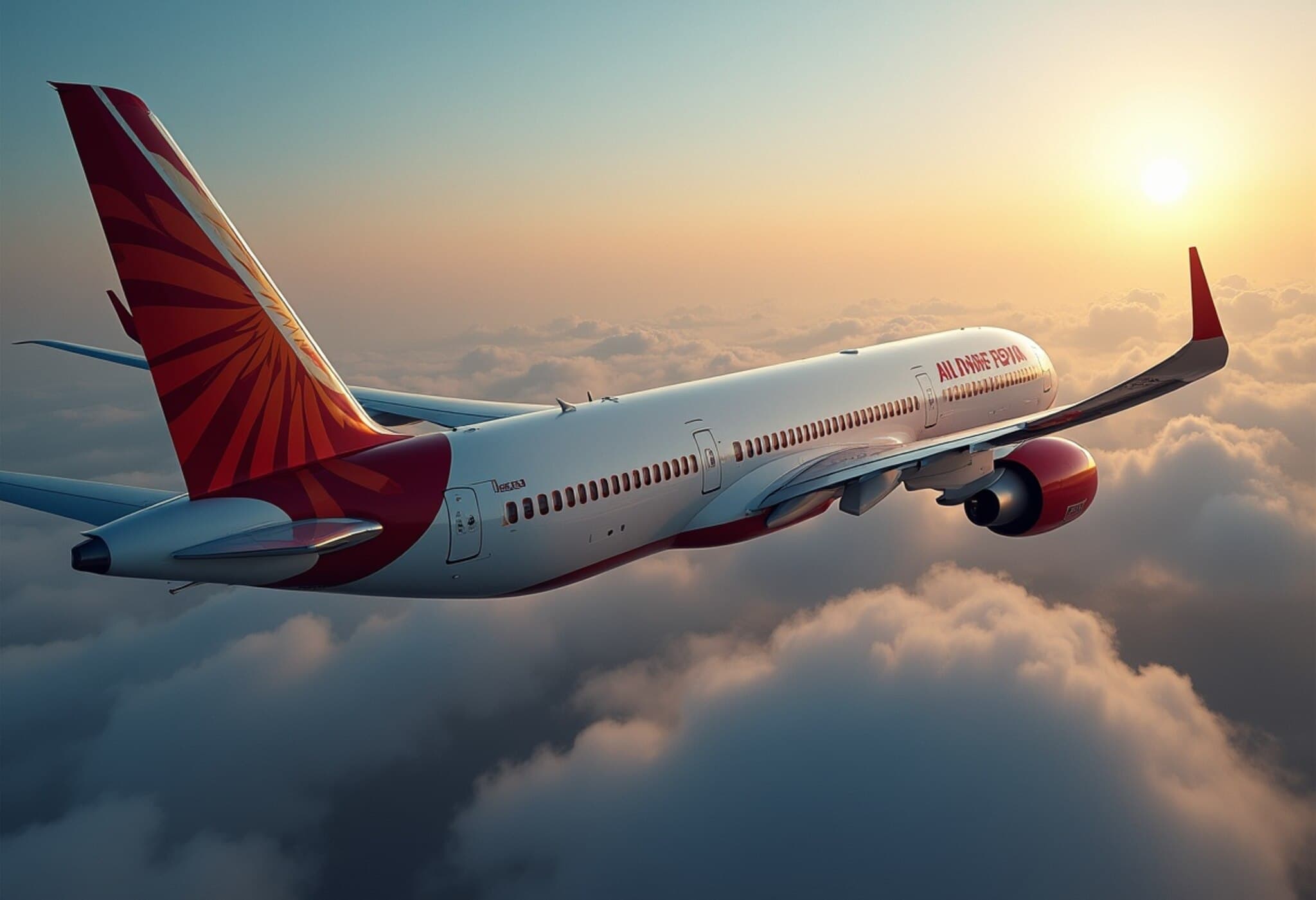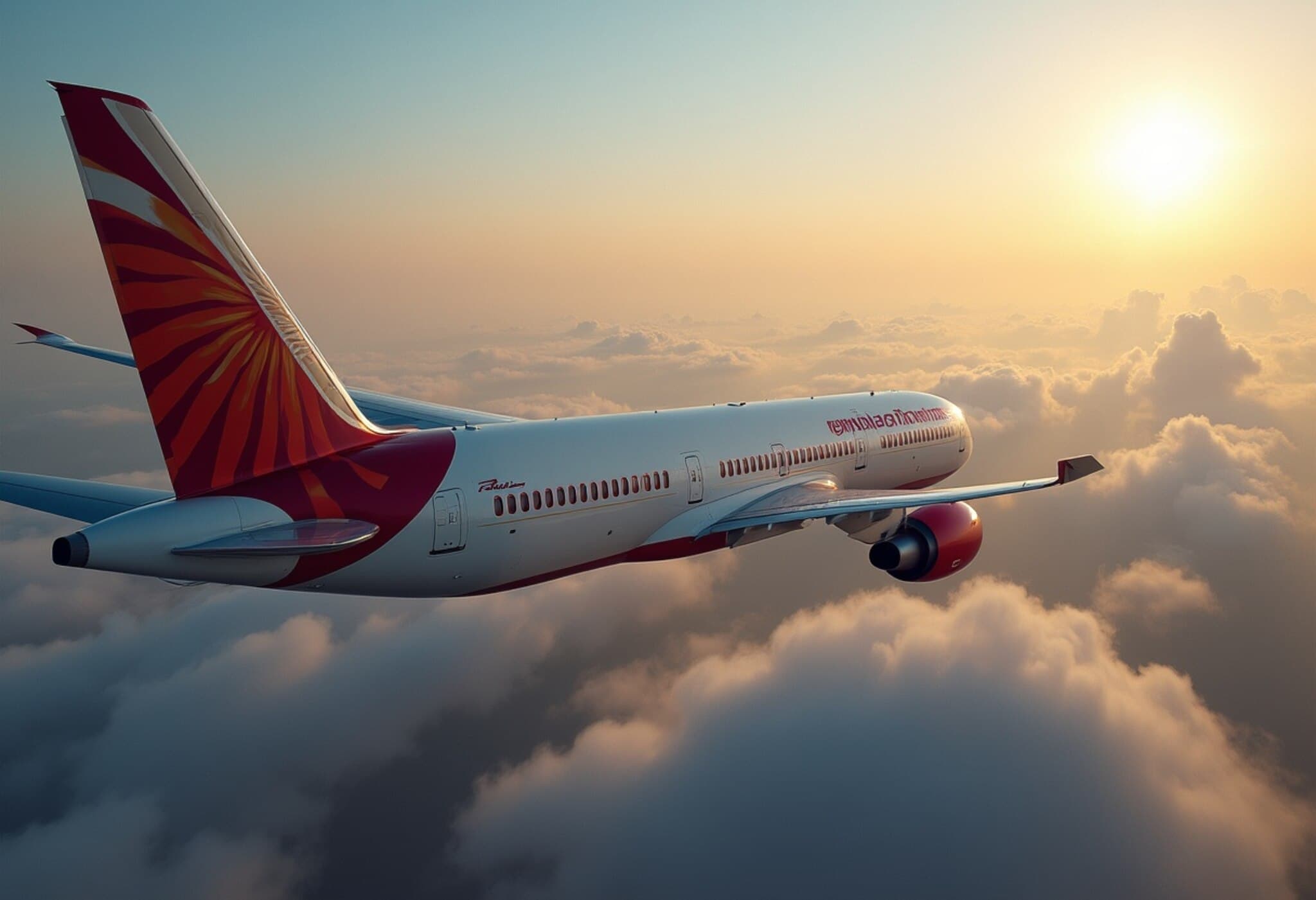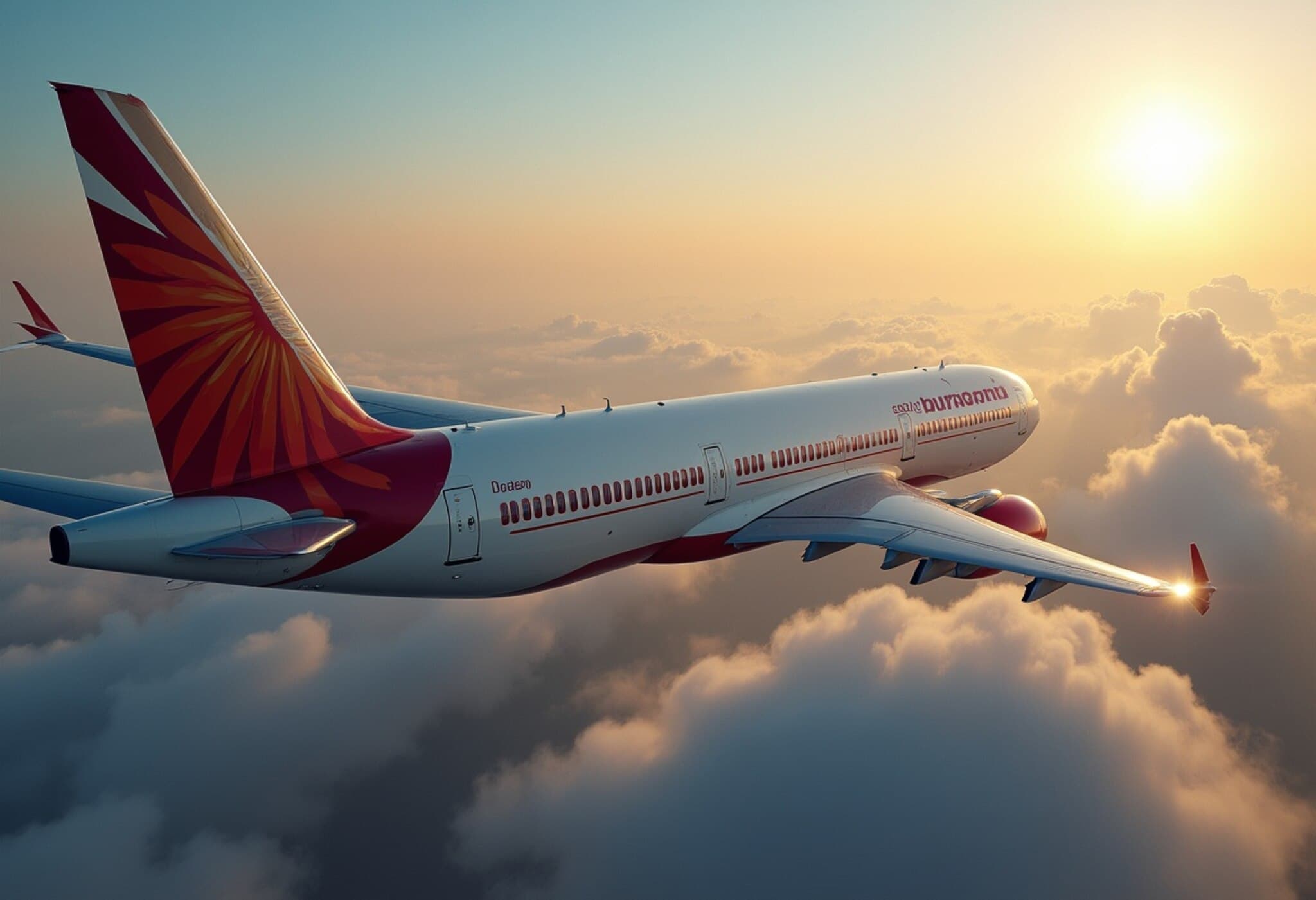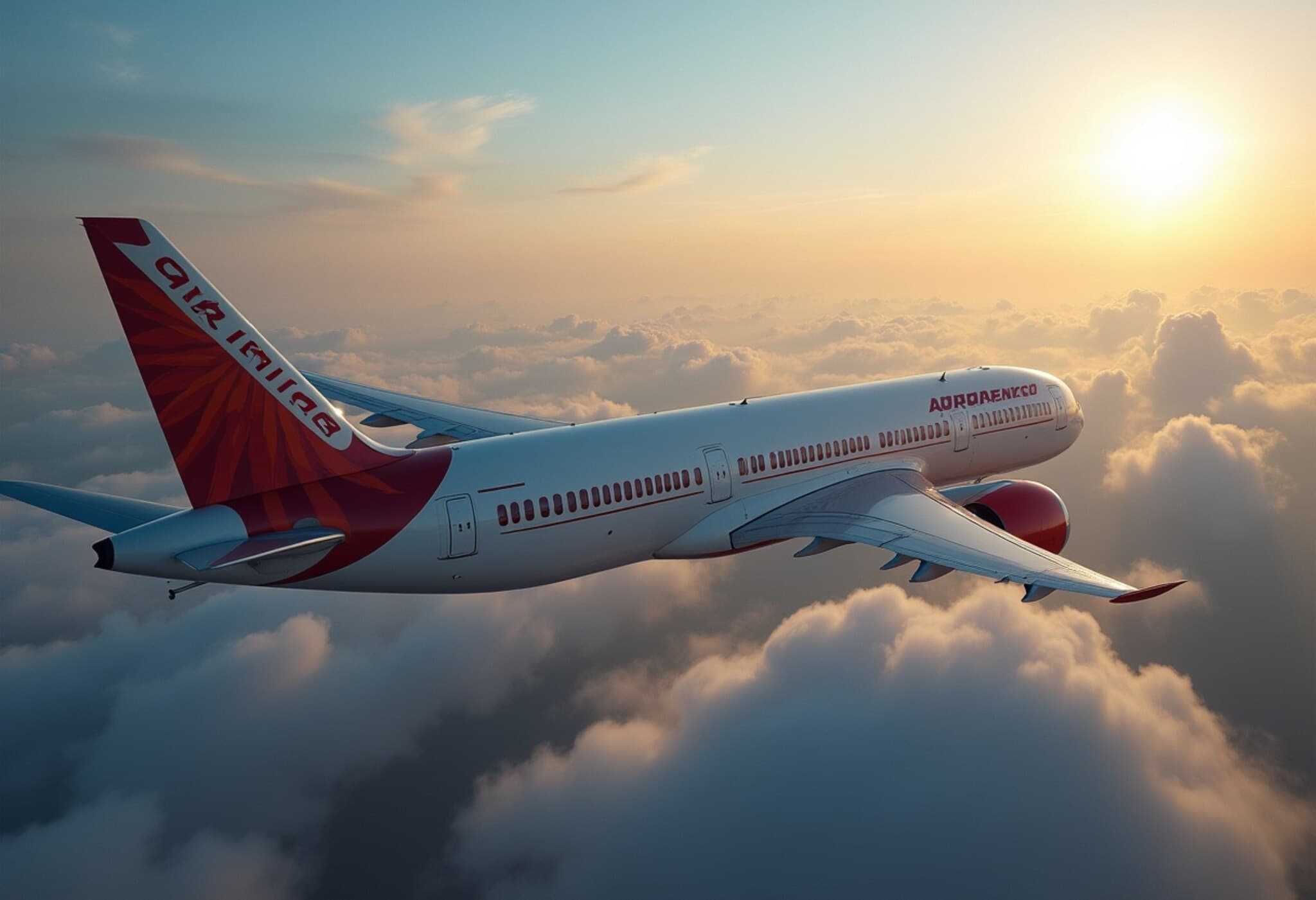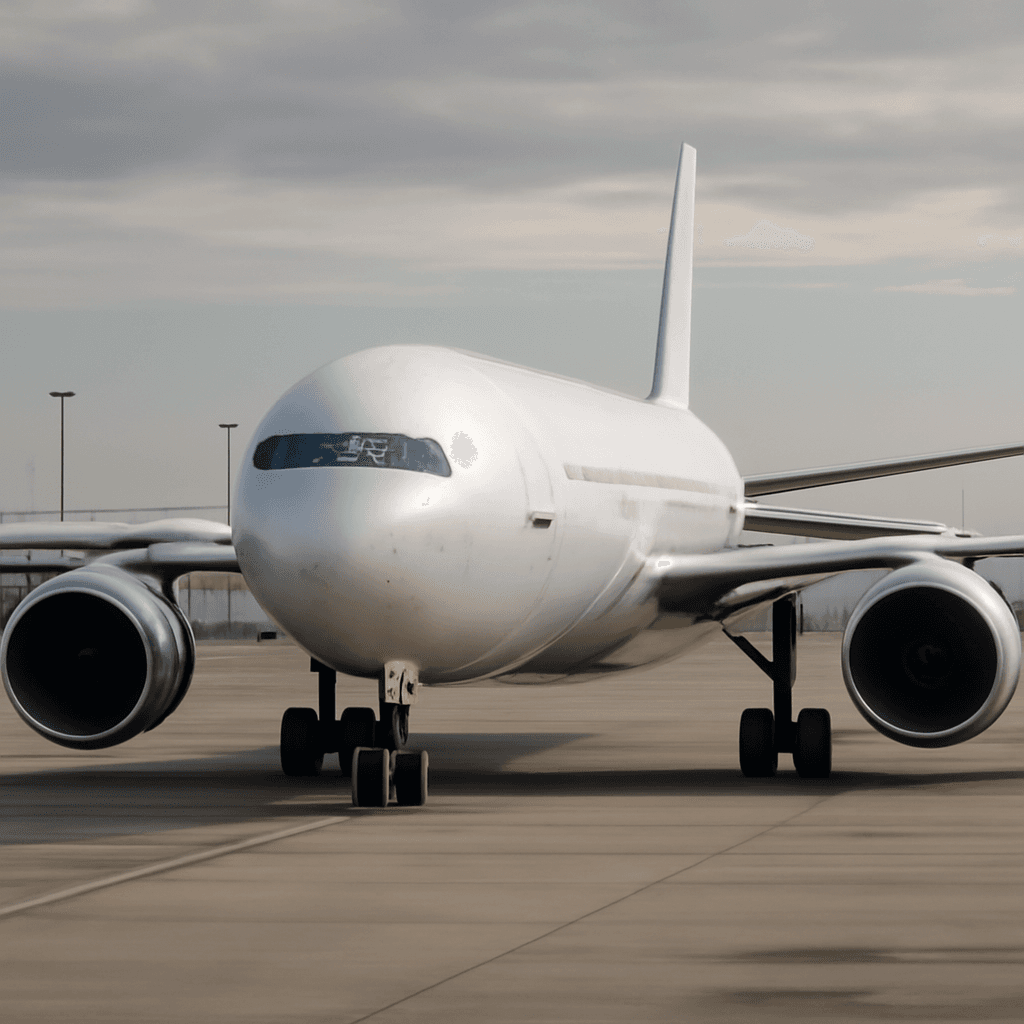Air India Flight 171 Crash: A Tragic First for the Boeing 787 Dreamliner
On June 12, 2025, an Air India Boeing 787-8 Dreamliner tragically crashed shortly after taking off from Ahmedabad, India, en route to London. Carrying 242 passengers and crew, the disaster claimed all lives onboard except for one survivor. This marks the first fatal accident involving Boeing’s Dreamliner aircraft, ending a decade-long streak without such incidents and becoming one of the deadliest crashes in recent years.
What Type of Aircraft Was Involved?
The ill-fated plane was a Boeing 787-8 Dreamliner, a popular wide-body twin-aisle jet designed primarily for long-haul international flights. This particular aircraft first took to the skies in December 2013 and was delivered to Air India the following January. As of the day of the crash, Air India operated a fleet of 34 Dreamliners, with plans to expand it by acquiring at least 20 more. Globally, over 1,100 Dreamliners remain in service, praised for their fuel efficiency and passenger comfort.
The Crash: What Happened?
The flight lost contact just under a minute after leaving Ahmedabad’s Sardar Vallabhbhai Patel International Airport. Flight tracking data indicates the plane climbed to approximately 625 feet, barely clearing the airport's altitude of roughly 200 feet, before rapidly losing altitude and crashing into a residential neighborhood. The collision caused a massive fireball, with reports of additional casualties on the ground.
The precise cause of the sudden descent remains unknown, and investigators caution against jumping to conclusions, as aviation accidents often stem from a complex interplay of factors including mechanical failure, environmental conditions, and human error.
Focus of the Investigation
Authorities are prioritizing the recovery of the aircraft’s black boxes—the cockpit voice recorder and flight data recorder. These devices will provide crucial insights into the plane’s final moments. Investigators will also meticulously examine:
- Maintenance logs and aircraft technical history
- Pilot actions and training records
- Weather and environmental conditions during takeoff
- Aircraft configuration, including wing flaps and slats positions
- Recorded video footage from the airport and other sources
The government where the accident occurred leads the inquiry, with Boeing, the engine manufacturer, and U.S. federal aviation authorities participating under international protocols.
Could Manufacturing Flaws Be to Blame?
Despite past quality concerns surrounding the Dreamliner, experts warn it is far too soon to link those issues to this crash. The plane model has been in commercial service since 2011 without fatal incidents. Previous operations interruptions stemmed from battery fire risks and manufacturing defects, but none directly correlate with this accident.
A former safety investigator explained that this case likely involves multiple contributing factors rather than a sole manufacturing fault. While Boeing has faced scrutiny—including allegations related to structural stresses on airframes—none have definitively been tied to this tragedy.
Implications for Boeing
Boeing's reputation has faced challenges in recent years, notably the two 737 Max crashes and other technical hurdles. The arrival of the new CEO in August 2024 has been focused on restoring trust and stabilizing operations. How this latest crash affects the company will hinge on the investigation’s findings.
Market analysts expect minimal financial disruption in the short term, given Boeing's robust backlog and ongoing demand for new aircraft, including orders for 900 more Dreamliners. However, the incident may temporarily slow momentum until clear conclusions are drawn.
Looking Ahead
The aviation community awaits detailed explanations as officials piece together the cause behind this unprecedented Boeing 787 catastrophe. Such moments, while heartbreaking, also serve as pivotal points for reinforcing safety protocols and advancing industry standards worldwide.

